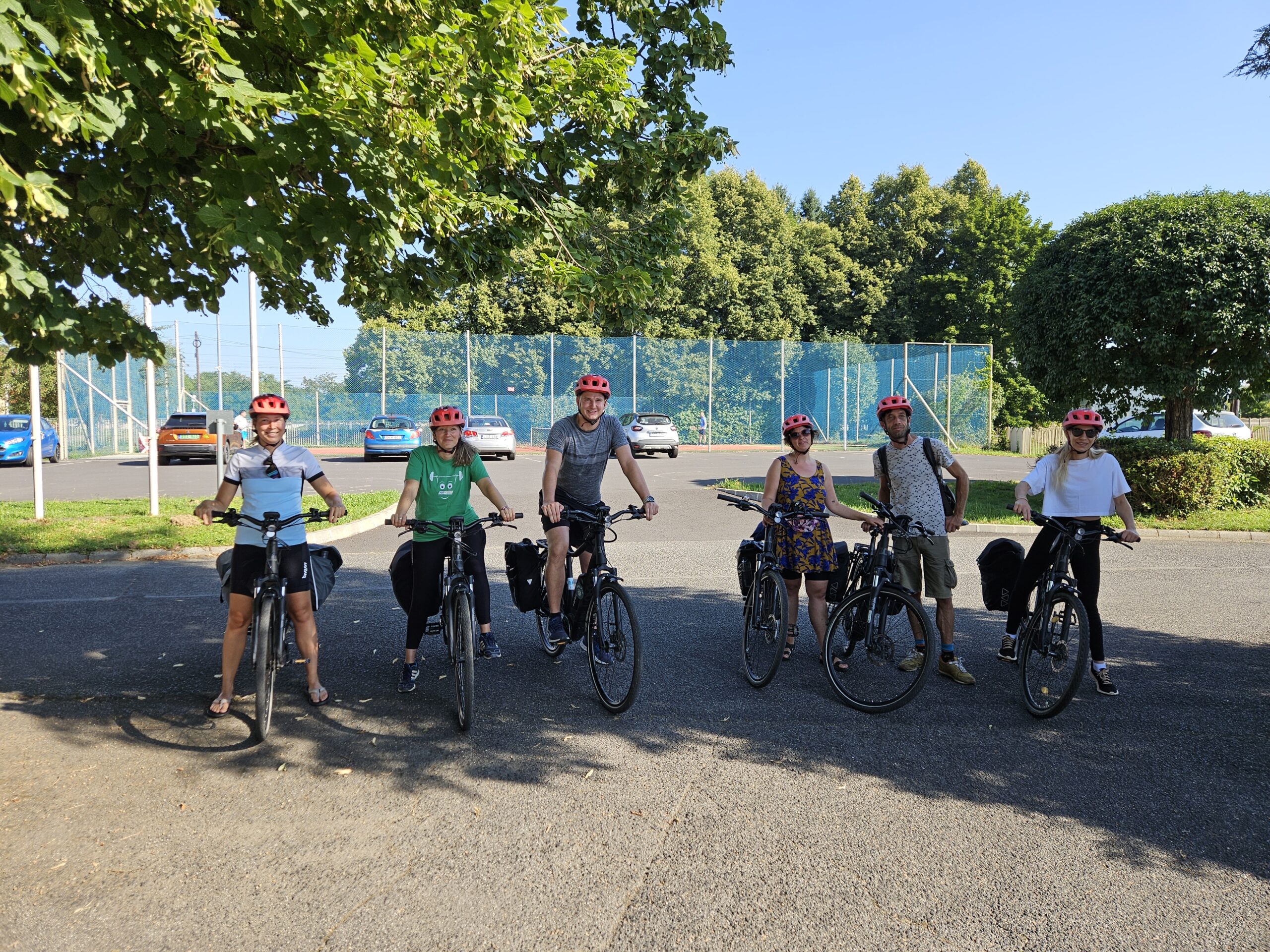The trip was organised by all South Pilot Area partners – Iskriva, Westpannon, CROST, and Koprivnica-Križevci County. The first step in designing the tested pilot action was a comprehensive desk research and a detailed Tour Script, which was a great tool to help the planning process and is part of testing the IMS. The tour Script outlined daily routes, accommodations, key points of interest, and service providers. All logistics were arranged in advance to ensure smooth implementation.
Each day featured a different cross-border section, offering varied landscapes, cultural heritage sites, and local gastronomy. Key stops included the Iron Curtain Museum in Apátistvánfalva (HU), the Vinarium Tower (SI), the Lovászi Bunker Museum (HU), the confluence of the Mura and Drava rivers (HR), and the Gallery of Naive Art in Hlebine (HR).
Participants assessed road quality, route signposting, traffic safety, and service availability, while also testing accommodation, restaurants, and attractions. In total, over a dozen service providers were visited and evaluated. The collected feedback will help to improve the cycling experience and strengthen the tourism offer in the South Pilot Area.
Here are five key feedback points from participants gathered throughout the Field Trip:
- Route quality – Generally high rideability ratings, but some stages had poor road surfaces (gravel, narrow lanes) and occasional navigation issues due to missing bridges or detours.
- Physical demand – Most sections were moderately challenging, with heat and terrain influencing effort levels; e-bikes significantly improved comfort.
- Infrastructure & services – Positive feedback on accommodation and food quality; however, limited access to drinkable water, bike repair services, and shops on some stretches.
- Cultural and natural stops – High satisfaction with historical sites, museums, and scenic rest points; swimming opportunities at lakes were especially appreciated
- Safety & traffic – Low-traffic routes were valued, but certain Croatian sections had higher vehicle speeds and large agricultural machinery, which reduced comfort.
This activity is part of the ICTr-CE project’s work to promote sustainable, cross-border cycling tourism along the Iron Curtain Trail. The results will contribute to refining route infrastructure, enhancing visitor services, and integrating environmental impact assessment into tourism planning.
